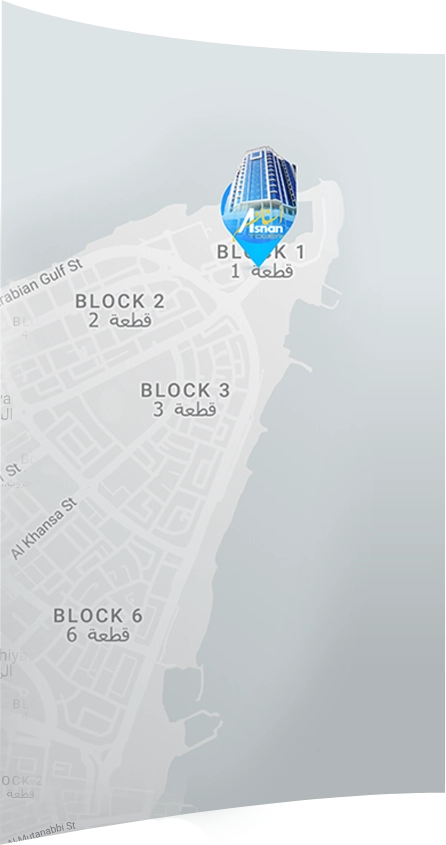Wisdom Teeth

The wisdom tooth is another formed tooth in the mouth. Most of us show four mind molars, one in every corner. These molars usually arise during the last years of adolescence or early twenties.
In a small percentage of people, the appearance of brain molars is naturally formed and developed as the rest of the teeth, where they use the wisdom tooth like the rest of the teeth without any negative symptoms.
But often the emergence of the wisdom tooth is partly due to the congestion of the teeth in the jaw and the lack of sufficient space. This partial emergence leads to many problems such as local tooth decay, infections or painful gum disease around the wisdom tooth. In most cases, it is recommended to take off the receding molars of the mind. But sometimes keeping the tooth of the mind is the best solution.
-
1What are the symptoms of the appearance of the wisdom tooth?
- Swelling of the gums at the end of the mouth
- Bad breath
- Change in the taste of the mouth
- Feel pain or discomfort when opening the mouth or when chewing or biting
- The pain persists for several days and then disappears for several weeks or months and then reappears.
Visiting your dentist regularly helps monitor your dental condition. After the mouth is examined and the necessary x-rays are taken, your dentist can check for the presence of the wisdom tooth and then determine if it requires dislocation.
-
2What are the cases that require the removal of the wisdom tooth?
- The appearance of small parts of the wisdom tooth on the surface of the gums. This leads to an opening on the surface of the gums where bacteria accumulate, causing severe infections. This is in addition to pain, swelling and difficulty opening the mouth.
- Damage the teeth adjacent to the wisdom tooth when there is no room for it in the dental row.
- Gum disease and tooth decay that may be exposed to the wisdom tooth, which in turn make it more difficult to clean compared to other teeth.
- Cysts contain fluid or the appearance of serous tumors in the molar, leading to the destruction of the roots of adjacent teeth and jaw bones.
Who has the ability to take off the wisdom tooth?
Your dentist can treat most cases of mind-taking. However, if the receding is severe, your doctor may refer you to a specialist dentist called the 'Oral and Maxillofacial Surgeon', who specializes in surgery that includes the removal of the confined brain molars (implants).
How is an impacted wisdom tooth removed?
The ease or difficulty of extracting an impacted wisdom tooth depends on the location of the impacted tooth and the angle of erection. Prominent wisdom teeth on the surface of the gums are often removed as easily as any other tooth. For the tooth of the mind developing under the gums or inserted into the jaw bones, it will need to make an incision inside the surrounding gums and then remove part of the mouth bones that cover the molar
How will you feel after the extraction of the tooth?
You may feel some of the following after the procedure:
- Pain and bloating in the gums and the deposed molar cavity.
- Bleeding
- Pain and difficulty in opening the jaw
Anesthesia of the mouth and lips:
The removal of the tooth is rarely accompanied by a nerve injury to the jaw. This injury may lead to numbness or permanent anesthesia in the mouth or lips. This feeling of anesthesia often disappears after a period of days or weeks. However, in very rare cases, the feeling of anesthesia may last a lifetime. See your dentist for more information about your condition.




















comment